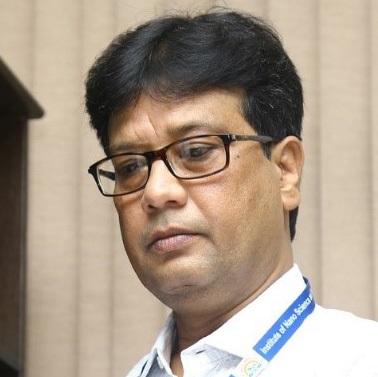OSA Fellow Lecture: Excited State Dynamics of Nanomaterials for Light Harvesting
02 June 2021 9:00 - 10:00
Chennai, Kolkata, Mumbai, New Delhi (UTC +05:30)Nanomaterials-based light harvesting systems have been the subject of research because they are able to generate exciton after photoexcitation. This webinar focuses on understanding light harvesting processes like exciton dynamics, energy transfer, antenna effect, charge carrier dynamics, and other related processes of semiconducting quantum dots (QDs), -conjugated semiconductor nanoparticles, hybrid nanostructures, and porphyrin based nanostructures. Ultrafast spectroscopic investigations provide direct insight into the impacts of electron and hole transfer at the interface in the hybrid materials for photocatalysis and photocurrent generation to construct efficient light harvesting systems. The fundamental knowledge of these photophysical processes is crucial for the development of efficient light harvesting systems.
 About The Speaker: Amitava Patra, Institute of Nano Science and Technology (INST), India
About The Speaker: Amitava Patra, Institute of Nano Science and Technology (INST), India
Amitava Patra received his PhD from Jadavpur University, India, and completed postdoctoral work at Tokyo University, Japan and RIKEN, Japan. He is currently a Senior Professor at the Indian Association for the Cultivation of Science and a Director at the Institute of Nano Science and Technology (INST), both based in India. His research interests include decay dynamics, energy transfer, and electron transfer of QD, Au nanoparticles, polymer and porphyrin based luminescent nanoparticles, and photonic materials using up- and down- conversion luminescence. Patra is the author or co-author of more than 230 scientific papers, five book chapters, and 2 Indian patents. An active volunteer, he has served on many Editorial Boards and, he is the recipient of numerous national and international awards. In 2020, he was named one of the world's top 2% scientists with a global rank of 149 in Physical Chemistry. He is a Fellow of OSA, the Indian Academy of Sciences, the National Academy of Sciences India, the Royal Society of Chemistry, and the West Bengal Academy of Science and Technology.
